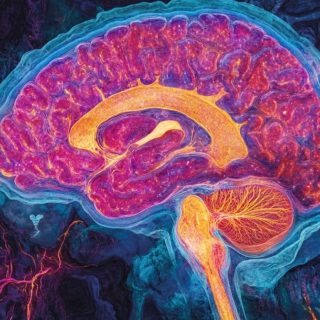Ketamine Offers Hope for Parkinson’s Treatment-Linked Dyskinesia

Researchers have uncovered a new understanding of levodopa-induced dyskinesia, a common side effect in Parkinson’s patients, revealing that the motor cortex disconnects rather than directly causing these movements.
January 3, 2025


















